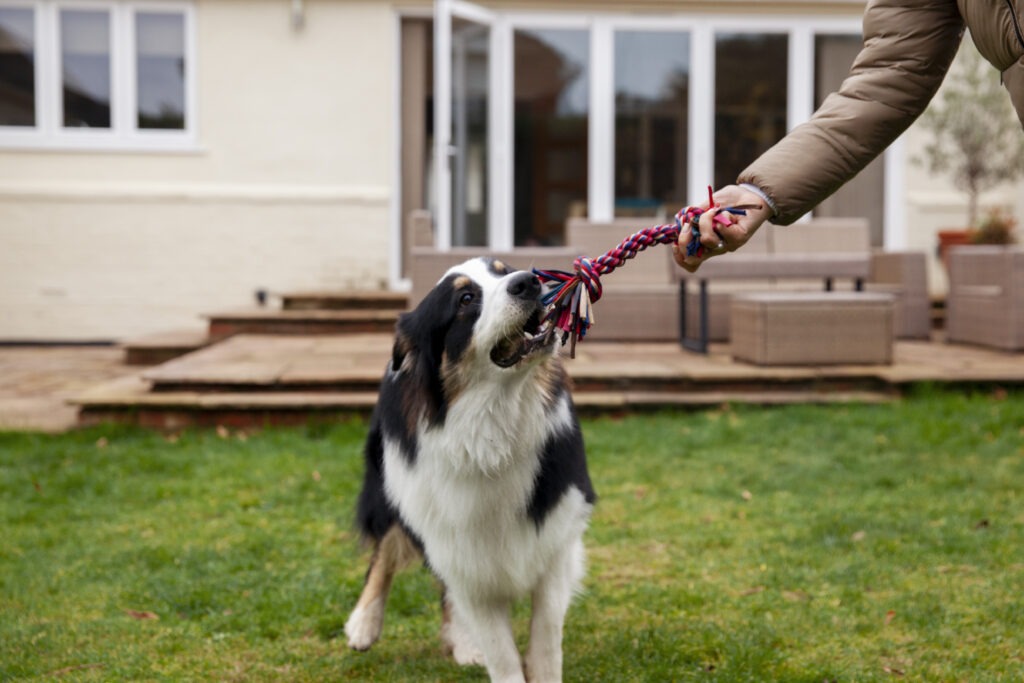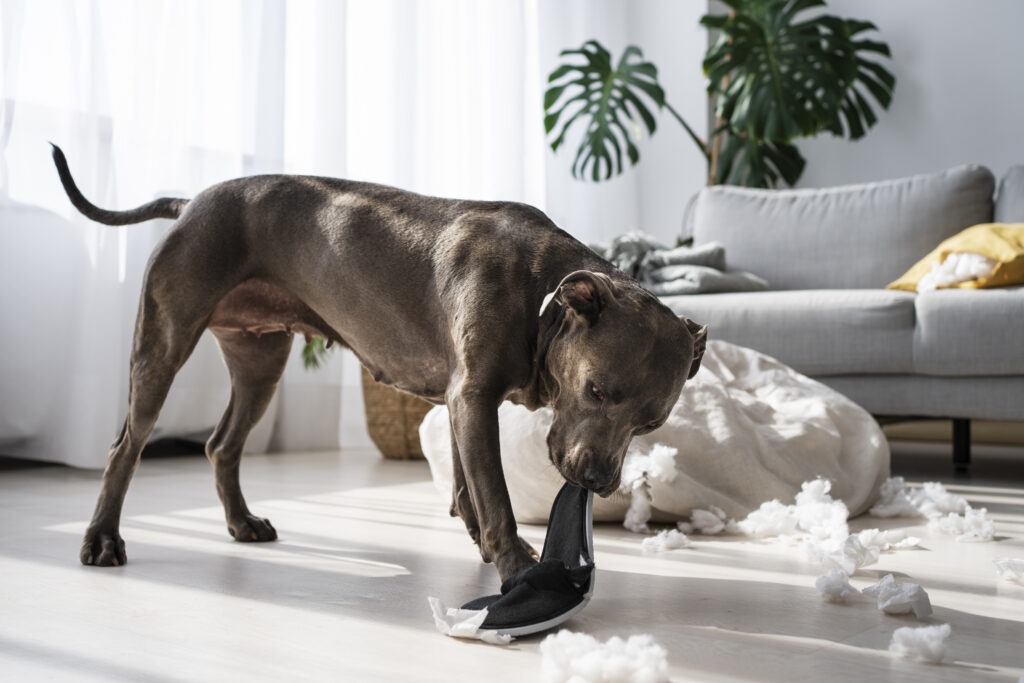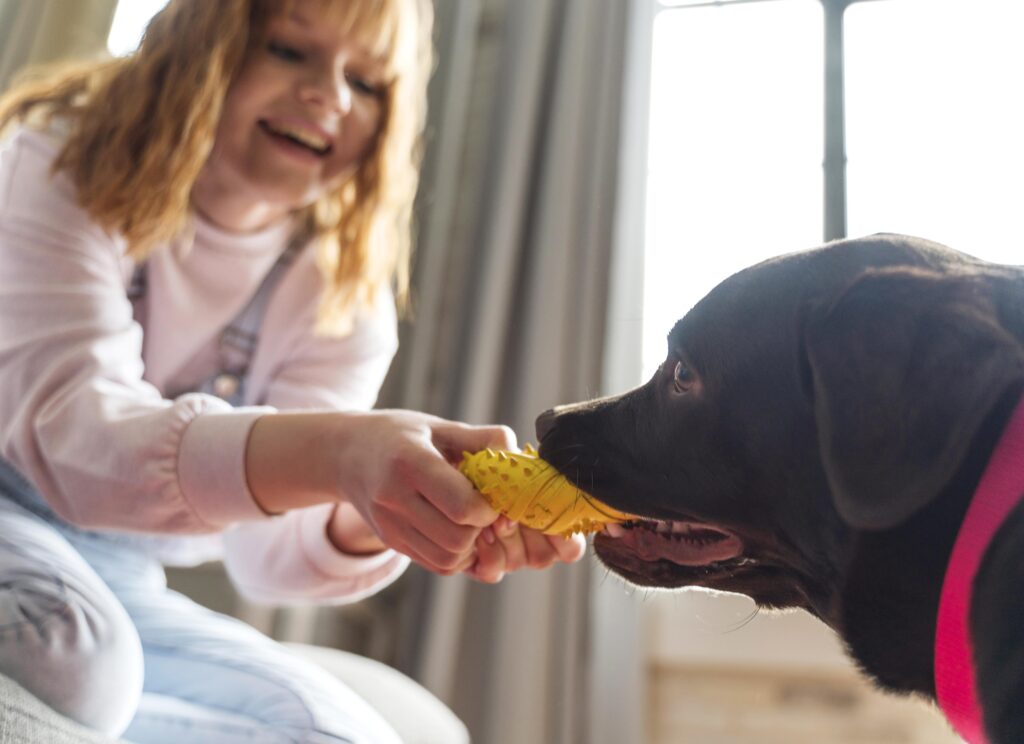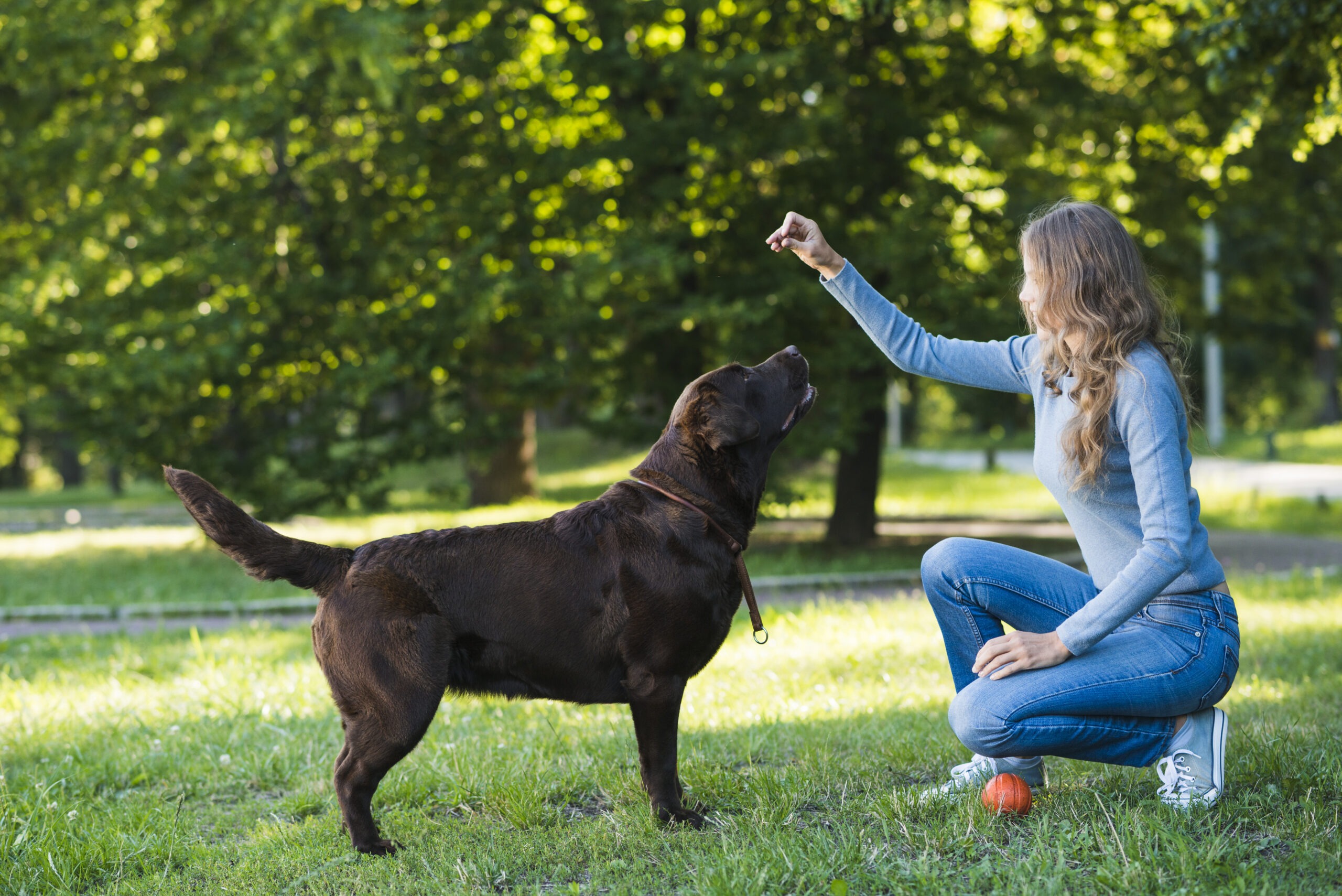If you’ve ever watched your dogs fighting over socks or seen how one pup always wants what the other dog has, you’re not alone. These are classic examples of resource guarding in dogs, a behavior where a dog becomes possessive over objects, food, or even people. Some dogs even take it a step further—my dog resource guards me from other dogs, for instance, is a common concern among owners who feel torn between their pets.
Food guarding in dogs is another frequent struggle. You might notice your dog hovering over the bowl, growling if anyone approaches, and yet refusing to actually eat. Many owners ask, “Why does my dog guard his food but not eat it?” The answer lies in instinct, insecurity, and the way dogs perceive value.
It’s natural to wonder, “Do all dogs resource guard?” While not every dog does, many show mild to severe signs at some point. The good news is that with patience, training, and the right strategies, you can learn how to stop resource guarding with other dogs and restore peace in your household.
In this article, we’ll dive deep into why dogs guard socks, toys, food, and even their owners—and more importantly, how you can manage and prevent this behavior to build a happier, more cooperative pack.

Understanding Resource Guarding in Dogs
What is Resource Guarding?
Resource guarding is when a dog becomes possessive over an object, space, or even a person. This behavior is rooted in survival instincts—dogs in the wild had to protect food, water, and safe resting places to survive. While domesticated dogs don’t face the same struggles, those instincts can show up in the home. Guarding can look like growling, snapping, stiffening, or outright fighting when another dog or person approaches something they value.
Do All Dogs Resource Guard?
Not all dogs resource guard, but it’s more common than many owners realize. Some dogs show mild signs, such as tensing when another pet approaches their food bowl, while others display extreme aggression. Breed, upbringing, early experiences, and even genetics can influence whether a dog develops guarding behavior. However, every dog has the potential to resource guard under the right (or wrong) circumstances.
Common Triggers of Resource Guarding
Dogs Fighting Over Socks and Toys
If you’ve ever caught your dogs fighting over your socks, you’ve witnessed resource guarding in action. Socks, shoes, and random household items often become prized treasures simply because one dog has them. This creates competition, sparking conflict between dogs who otherwise get along.
My Dog Always Wants What the Other Dog Has
This behavior is linked to the “scarcity effect.” When one dog sees another enjoying a toy or chewing a bone, they suddenly decide it’s the most valuable object in the world. The desire isn’t about the item itself but the perception that another dog is benefiting from it.
Food Guarding in Dogs
Food is one of the most common triggers for guarding because it’s a primal necessity. Dogs may growl, hover, or even bite if another dog or person approaches their bowl. Left unchecked, food guarding can escalate into serious aggression.
Why Does My Dog Guard His Food but Not Eat It?
Some dogs hover over food without eating, almost like they’re protecting it “just in case.” This behavior stems from insecurity—they fear losing the food more than they desire to eat it. It’s similar to hiding a snack away rather than consuming it immediately.

Dog Resource Guarding Owner – Why It Happens
My Dog Resource Guards Me From Other Dogs
It may feel flattering that your dog sees you as so valuable, but when they growl or snap at other dogs for coming near you, it’s a sign of resource guarding. To your pup, you’re their most important resource—provider of food, affection, and safety. They may feel threatened by competition for your attention.
How Resource Guarding Affects the Human-Dog Bond
While some owners dismiss this as “protectiveness,” it can strain relationships. A dog that constantly blocks other pets or even family members from approaching you may create tension in the household. Worse, it can lead to dangerous fights between dogs.
you may like – Are Banana Leaves Toxic to Dogs? 7 Must-Know Safety Facts for Pet Owners
How to Stop Resource Guarding With Other Dogs
Step 1: Identify the Root Cause
Observe your dog closely. Are they guarding toys, food, or you? Do they only guard when another dog is nearby, or also around humans? Pinpointing the trigger is crucial before applying solutions.
Step 2: Teach Trade and Drop It Commands
Training your dog to “drop it” or “trade” an item for a treat helps them understand that giving something up doesn’t mean losing—it means gaining something better. Over time, this reduces anxiety around sharing.
Step 3: Use Desensitization and Counterconditioning
Start with low-stress situations. For example, approach your dog while they eat, but instead of taking food away, drop something tastier in the bowl. This teaches them that your presence means good things, not threats.
Step 4: Manage the Environment
Prevention is half the battle. Feed dogs separately, rotate high-value toys, and avoid giving out items that cause fights (like your socks). Setting up the environment reduces opportunities for conflict.
Step 5: Seek Professional Help When Needed
Severe cases of guarding may require a certified dog trainer or veterinary behaviorist. Aggression isn’t something to tackle alone if it risks safety.

Preventing Resource Guarding in Puppies
Early Training and Socialization
Teaching puppies to share from the start prevents problems later. Practice gentle handling around food bowls, reward calm behavior, and expose them to different scenarios early in life.
Controlled Exposure to Sharing
Play games where puppies swap toys and receive rewards. Make sharing a positive experience instead of a stressful one.
FAQs About Resource Guarding in Dogs
1. Do all dogs resource guard?
No, but many do to varying degrees. Some dogs only guard certain items, while others show more widespread guarding.
2. Is resource guarding a sign of dominance?
Not necessarily—it’s more about insecurity and instinct than trying to dominate.
3. Can resource guarding be cured completely?
It can often be managed and improved dramatically, but some dogs may always need extra care.
4. Why does my dog guard one person in the family but not others?
Your dog likely sees that person as their main source of comfort and security, making them a “high-value resource.
5. Should I punish my dog for resource guarding?
No—punishment usually makes guarding worse. Positive reinforcement works far better.
6. How long does it take to fix resource guarding?
It depends on the dog’s history and severity, but with consistent training, progress can often be seen in weeks to months.
Conclusion
Resource guarding—from dogs fighting over socks to guarding food without eating it—isn’t about stubbornness or dominance. It’s about instinct, insecurity, and value. By understanding why your dog always wants what the other dog has, or why they resource guard you from other pets, you can create a calm, cooperative environment where everyone feels safe.
With patience, training, and sometimes professional guidance, you can stop resource guarding with other dogs and strengthen your bond with your furry best friend.
Share To Help